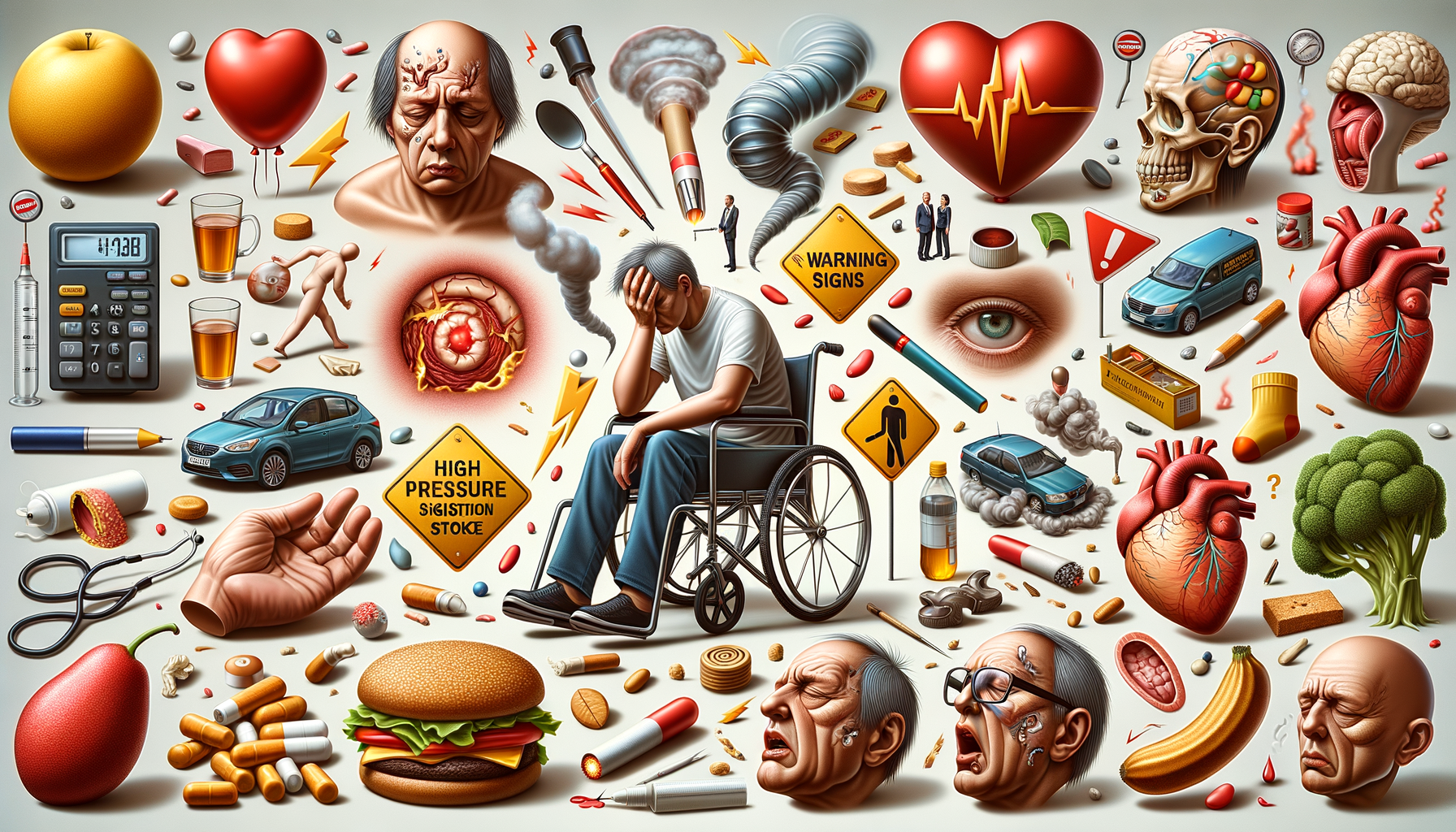Introduction to Stroke Symptoms
Understanding stroke symptoms is crucial for timely intervention and can significantly impact recovery outcomes. A stroke occurs when the blood supply to part of your brain is interrupted or reduced, preventing brain tissue from getting oxygen and nutrients. Within minutes, brain cells begin to die. Recognizing the warning signs of a stroke can make all the difference in getting prompt medical help, which is essential for minimizing damage and improving the chances of recovery.
Common Stroke Symptoms
Stroke symptoms can appear suddenly and vary depending on the part of the brain affected. Common signs include sudden numbness or weakness in the face, arm, or leg, especially on one side of the body. This may be accompanied by confusion, trouble speaking, or difficulty understanding speech. Vision problems in one or both eyes, difficulty walking, dizziness, loss of balance or coordination, and a sudden, severe headache with no known cause are also typical symptoms.
It’s important to note that not all symptoms occur in every stroke, and they can sometimes be mistaken for other medical conditions. However, if you or someone else experiences one or more of these symptoms, it’s crucial to seek medical attention immediately. The acronym FAST can help remember the key symptoms:
- Face drooping
- Arm weakness
- Speech difficulty
- Time to call emergency services
Causes and Risk Factors
There are two main types of strokes: ischemic and hemorrhagic. Ischemic strokes are the most common and occur when a blood clot blocks or narrows an artery leading to the brain. Hemorrhagic strokes happen when a blood vessel in the brain bursts. Several risk factors increase the likelihood of having a stroke, including high blood pressure, smoking, diabetes, high cholesterol, obesity, and a sedentary lifestyle.
Some risk factors are beyond control, such as age, gender, race, and family history. However, lifestyle changes can significantly reduce the risk of stroke. Regular physical activity, a balanced diet, moderation in alcohol consumption, and quitting smoking can all contribute to better cardiovascular health and reduce stroke risk.
Prevention and Early Detection
Preventing a stroke is often about managing risk factors effectively. Regular health check-ups are vital for monitoring blood pressure, cholesterol levels, and blood sugar. Early detection of these conditions can lead to interventions that prevent stroke. For those with a high risk of stroke, doctors may prescribe medications such as blood thinners or antiplatelet agents to help reduce the risk.
Public awareness campaigns emphasize recognizing stroke symptoms quickly and calling emergency services without delay. Education on stroke prevention and symptoms is crucial for reducing the incidence and impact of strokes. Incorporating stroke education into community health programs can empower individuals to make informed health choices.
Conclusion: Taking Action Against Stroke
Recognizing stroke symptoms and understanding the associated risk factors are fundamental steps in combating this medical emergency. While some risk factors are unavoidable, many can be managed through lifestyle changes and medical interventions. Staying informed and proactive about health can significantly reduce the risk of stroke and improve outcomes for those who experience it.
By spreading awareness and educating ourselves and others, we can help ensure that strokes are detected and treated promptly, ultimately saving lives and enhancing quality of life. Remember, time is brain, and every second counts when it comes to stroke intervention.




Leave a Reply